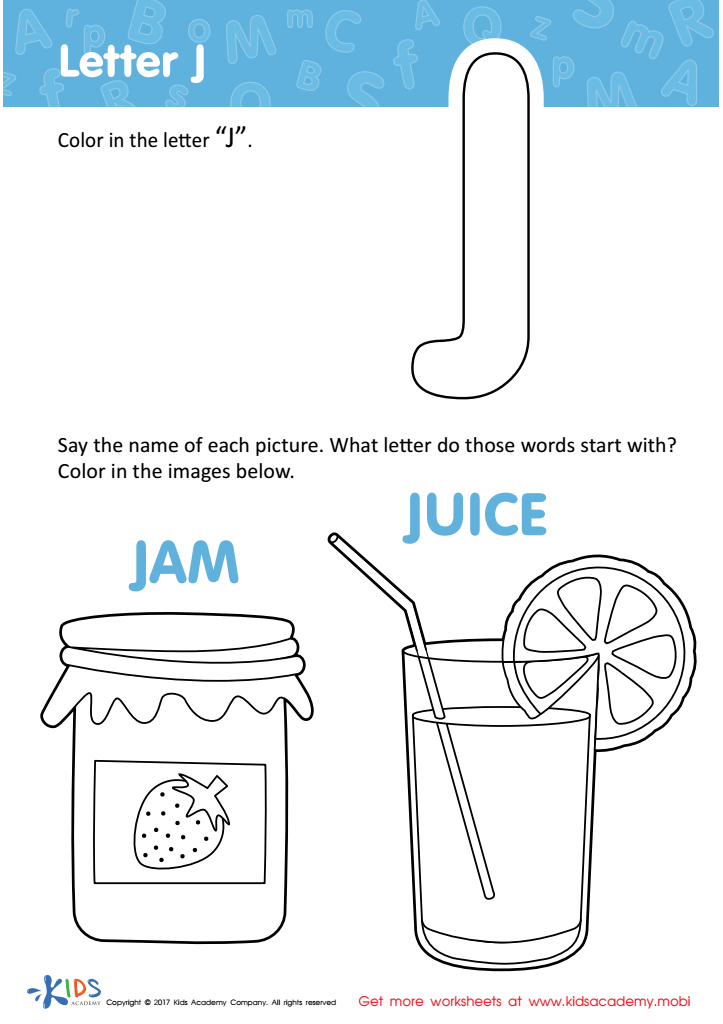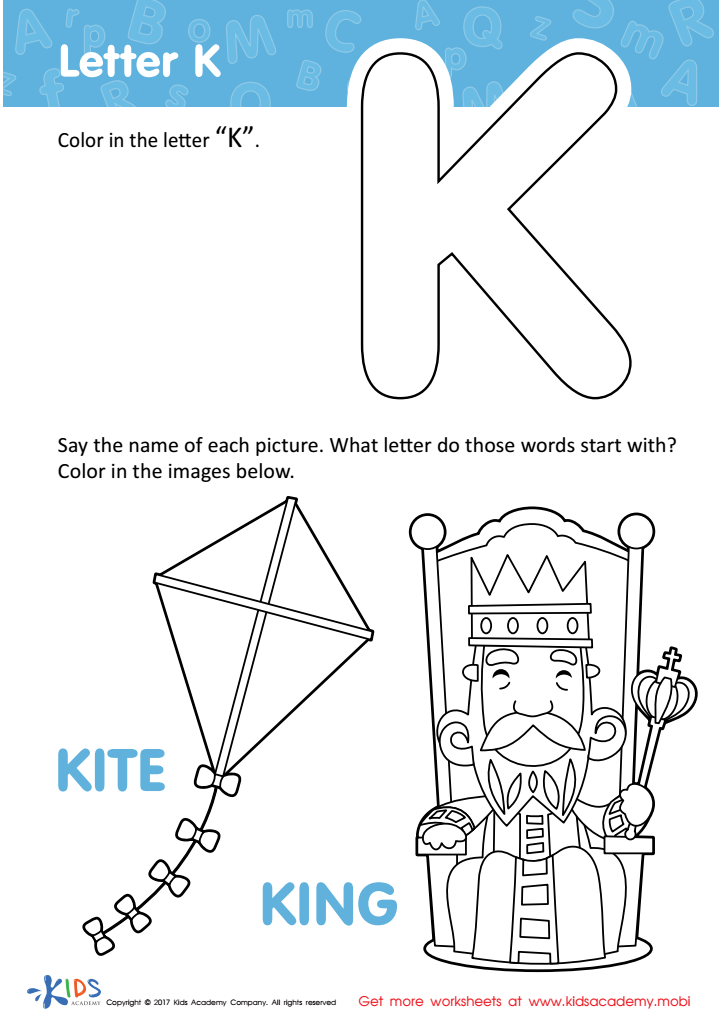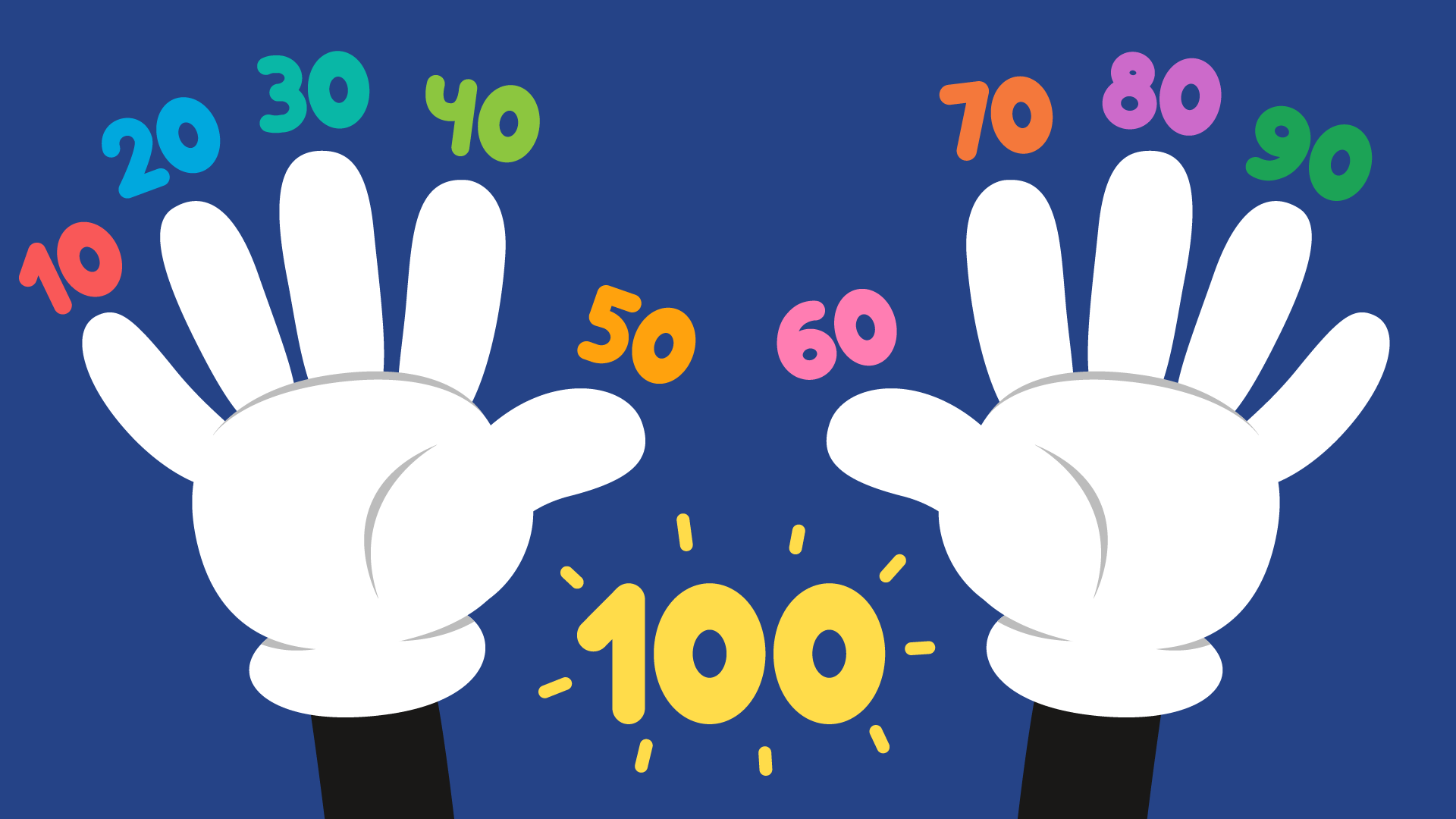Alphabetical order understanding Normal Worksheets for Ages 4-5
4 filtered results
-
From - To
Welcome to our Alphabetical Order Understanding Normal Worksheets, designed specifically for ages 4-5. These engaging and educational worksheets help young learners grasp the fundamentals of alphabetical order in a fun and interactive way. Perfect for preschool and kindergarten, each activity promotes letter recognition, sequencing skills, and early literacy development. Bright graphics and age-appropriate challenges make learning enjoyable while reinforcing critical concepts. Join us on this educational journey to give your child a strong foundation for future reading and writing success. Explore our collection today and watch your child’s confidence and skills soar!


Letter P Sound Worksheet


Letter G Tracing Page


Letter J Coloring Sheet


Letter K Coloring Sheet
Understanding alphabetical order is crucial for young children, especially those aged 4-5, for several important reasons. First, it lays a foundation for literacy. By familiarizing themselves with the sequence of letters, children are better able to recognize and recall letters, which is a critical skill for reading and writing. Secondly, understanding alphabetical order helps children develop their cognitive and organizational skills. It teaches them sequencing, a concept that is applicable beyond just letters—such as in numbers, days of the week, and life routines.
In addition, it aids in vocabulary building. When children understand alphabetical order, they can easily navigate resources like dictionaries and library catalogs as they grow older, thus fostering a habit of independent learning and exploration. Moreover, it enhances their ability to follow instructions, as many educational activities and classroom tasks require sorting or organizing information alphabetically.
Educators and parents thus have a pivotal role in making this learning engaging. Simple activities like singing the alphabet song, alphabet games, or arranging letters in sequence can make learning fun. By prioritizing the understanding of alphabetical order, they are setting a strong academic path, ensuring children are well-prepared for future learning challenges. These early steps help build confidence and competence in young learners.
 Assign to My Students
Assign to My Students
















